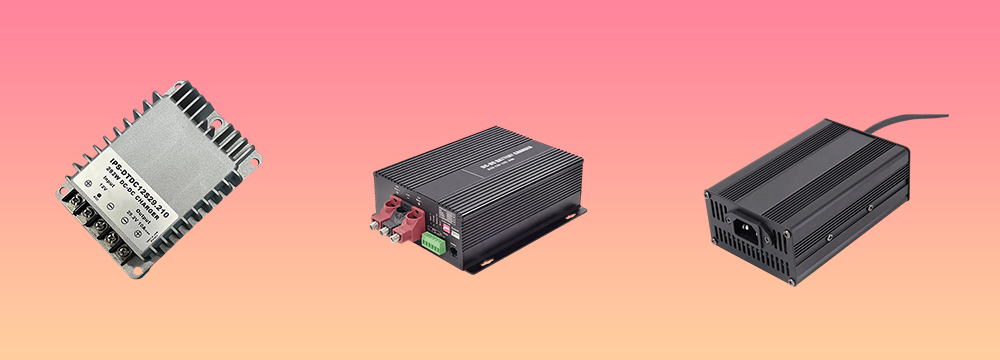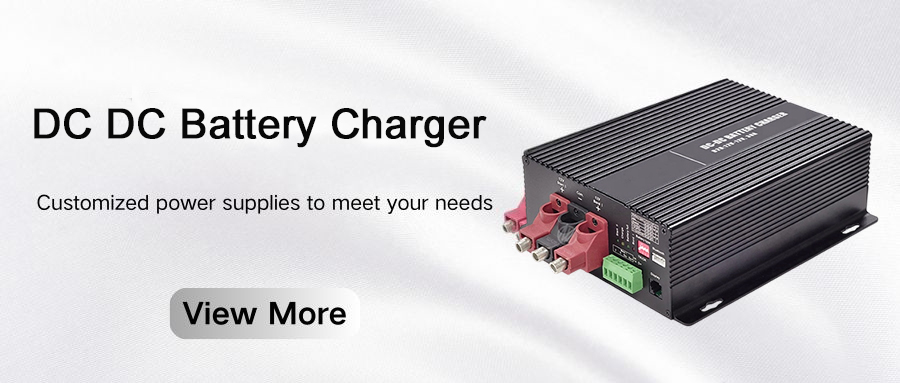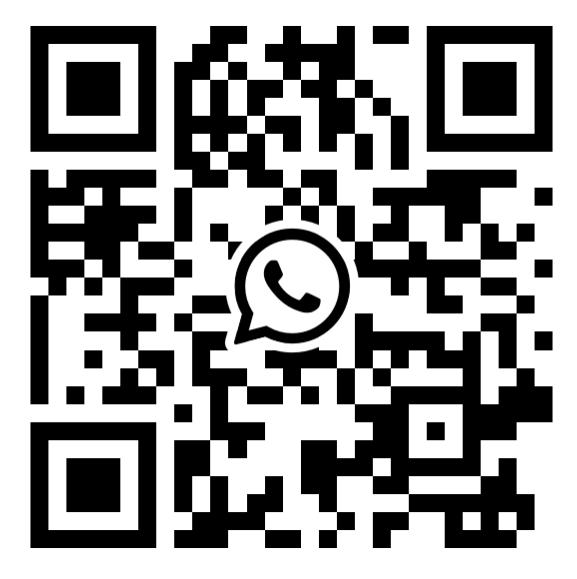Lithium batteries are one of the types of batteries we commonly use. In the process of using lithium batteries, we will also encounter various problems. For example, what to do if the lithium battery cannot be charged
What to do if the lithium battery cannot be charged
Lithium batteries have always had the characteristics of self-discharge. If they are not used for a long time and are not charged in the middle period, self-discharge will cause the battery power to be exhausted, resulting in the battery voltage being too low and unable to be charged. So, what to do if the lithium battery cannot be charged? Let's take a look at it together.
1.When using lithium batteries, it should be noted that the battery will enter a dormant state after being placed for a period of time.
2. Self-discharge will cause the battery power to be exhausted, and the capacity will be lower than the normal value at this time, resulting in the battery power being too low and unable to be charged.
3. However, lithium batteries are easy to activate. As long as 3-5 normal charge and discharge cycles are performed, the battery can be activated and restored to normal capacity.
4. Due to the characteristics of lithium batteries themselves, lithium batteries have almost no memory effect, so the new lithium batteries in users' mobile phones do not require special methods and equipment during the activation process.
5. This is not only true in theory, but also from my own practice, it is best to use the standard charging method from the beginning. This "natural activation" method is the best.
Why can't the lithium battery be charged?
There are many types of lithium batteries, including batteries composed of round cells like 18650, and lithium batteries composed of polymers. If they are divided into two categories, they are lithium metal batteries and lithium ion batteries. The charging methods basically include constant current charging, constant voltage charging, pulse charging, etc. Different charging methods are used at different stages. If it cannot be charged, there are only a few situations:
The lithium battery is in an over-discharge state
That is to say, the lithium battery is discharged very low, in a deep discharge state, and the power is basically used up, so low that it is as low as the cut-off voltage of the lithium battery. At this time, the activation method can be adopted, but this may not be effective;
The charger or charger There is a problem with the power circuit
First, you should check whether there is a problem with the charger. The method is very simple. Just measure the output voltage or connect a load of the corresponding voltage to observe. As for the problem with the circuit, it will take some effort. After all, it involves circuit hardware and other issues. When necessary, directly disassemble and analyze;
The lithium battery has been used for a long time and the battery has failed
The possibility of this happening is relatively small, but it cannot be ruled out. You should be familiar with your own battery and change the battery after a long time of use;
There is a problem with the battery charging IC or BMS system
Due to the imbalance of the battery cells and other reasons, the battery management system has problems, which causes the management IC to misjudge and cannot detect voltage or current.
Proper charging and precautions for lithium batteries
Proper charging method for lithium batteries
Charging: The safe working voltage range of lithium batteries is 2.8~4.2V. If it is lower or higher than this voltage range, the lithium ions in the battery become very unstable and even cause accidents. To ensure that the battery is in a safe range, a special charger is required. These chargers will automatically adjust the charging method according to the current state of the battery.
Activation: Before the lithium charger starts charging, it will supply the battery with a small current, detect the battery voltage change at the same time, and gradually increase the current to the set value. This process can be regarded as an activation or test charge.
Constant current variable voltage charging: The charger charges the battery with a constant current. As the battery voltage increases, the charger also increases the charging voltage to speed up the charging speed.
Variable current constant voltage charging: When the battery reaches the 4.2V cut-off voltage, the battery is only about 70% charged (not full). At this time, the charger continues to charge the battery with a constant voltage and a gradually decreasing current. The charging value is less than 0.1A and the battery voltage continues to rise before stopping.
Precautions for correct charging of lithium batteries
Avoid charging at too high a temperature
If the lithium battery is used in an environment above the specified operating temperature, that is, above 35°C, the battery power will continue to decrease, that is, the battery power supply time will not be as long as usual. If the device is charged at such a temperature, the damage to the battery will be greater. Even if the battery is stored in a hotter environment, it will inevitably cause corresponding damage to the quality of the battery. Therefore, keeping it at a suitable operating temperature is a good way to extend the life of the lithium battery.
Avoid charging at too low a temperature
If you use lithium batteries in a low-temperature environment, that is, below 4°C, you will also find that the battery life is reduced. Some mobile phones' original lithium batteries cannot even be charged in a low-temperature environment. But don't worry too much, this is only a temporary condition. Unlike using it in a high-temperature environment, once the temperature rises, the molecules in the battery are heated and the previous power is immediately restored.
Use frequently
Life lies in movement. To maximize the efficiency of lithium-ion batteries, you need to use them frequently to keep the electrons in the lithium battery in a flowing state. If you don't use lithium batteries frequently, please remember to complete a charging cycle for the lithium battery every month and do a power calibration, that is, deep discharge and deep charge once.
The above is the content related to lithium batteries, I hope you like it.
IDEALPLUISNG Power Expert:
We focus on the research and development, sales and services in the fields of DC-DC power modules, AC-DC rectifier modules, DC-AC inverters, AC power supplies, DC power supplies, LED power supplies, chargers, rectifier systems, etc., providing personalized, efficient, reliable and cost-effective power solutions for all walks of life.
Thank you for considering our services.








